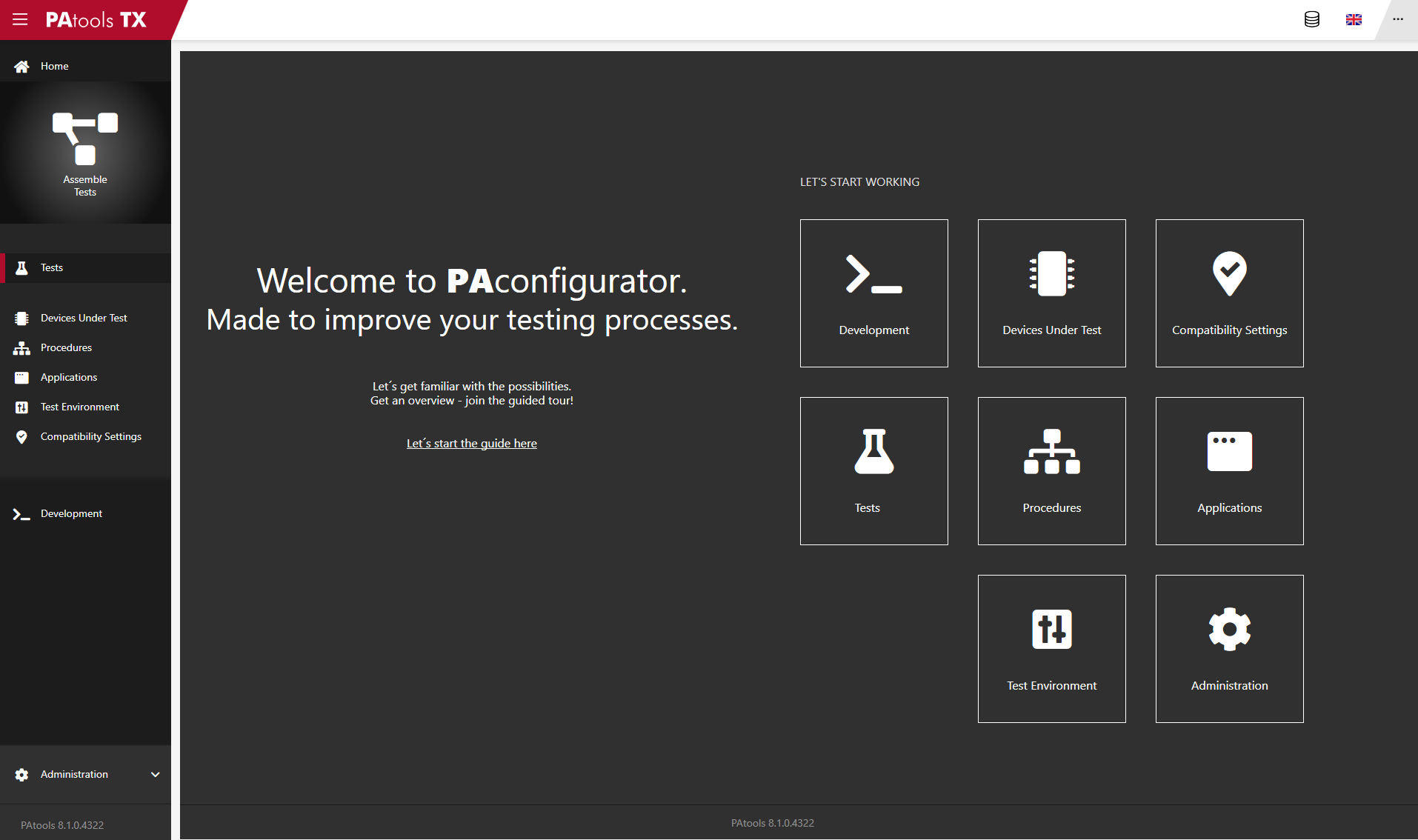A facelifted version of Kratzer Automation’s test rig automation system, PAtools TX, takes a novel approach that is said to focus more on the device under test. Version 8.1 also incorporates an intuitive, user-oriented interface, which streamlines test creation and improves test design time by 50%, according to the company.
Uwe Krummenoehler, chief operating officer of Kratzer Automation, said, “With the new functions of our test bench automation system PAtools TX, we actively support our customers in the realization of their future-oriented, sustainable drive concepts. The timing factor plays a decisive role in the development. To remain marketable, tests must be carried out quickly, accurately and under realistic conditions. To achieve this, our customers worldwide have been relying on our turnkey test bench solutions for 40 years.”
In a recent application, the new user interface enabled formation of a test run with just half the number of clicks as previously required. This not only saves times, but also avoids errors early on. Tests can therefore be created offline and without interrupting test operations. Thanks to the software being more intuitive, it can be used without training.
Meanwhile, the focus on the DUT greatly simplifies test creation and management of analyses, DUTs and test sequences. Adopting pre-built modules, tests can be configured or supplemented in a matter of seconds, says Kratzer Automation.
A newly developed module management solution within version 8.1 enables immediate embedding of numerous available plug and use modules for the integration of additional devices or interfaces. This way, the optimized unified diagnostic service module embeds a diagnostic connection to the DUT into automated test sequences, and moreover, expands the user interface for manual mode operation.
In addition, the PAtools TX programming language, PAscript, enables the development of further customer or project-specific device drivers. A broad and constantly growing PAscript API simplifies the creation of adapters to integrated test benches into the existing IT landscape. This open approach enables evolution at any time, and the test bench solutions can be adapted to new requirements and interfaces over many years of operation.



